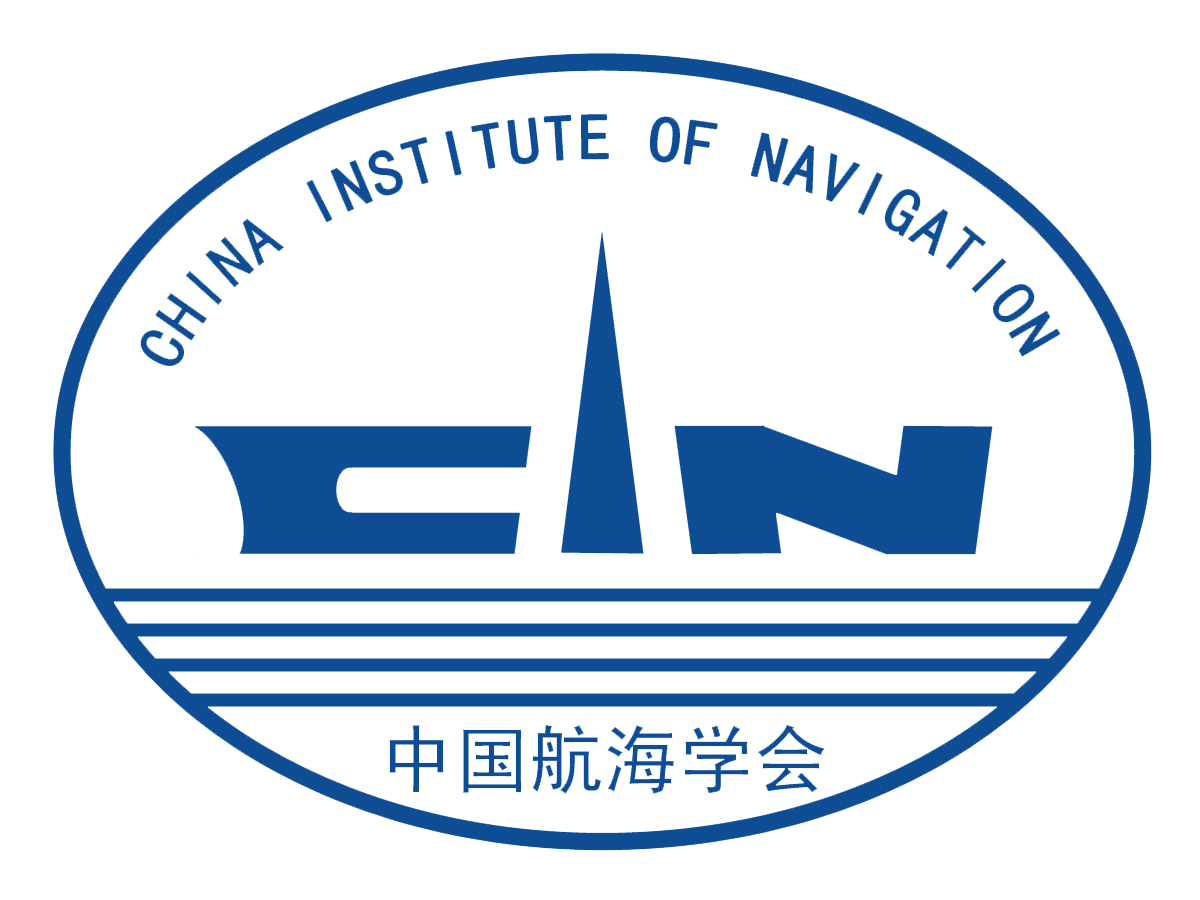“东方朔”号来到亚力山大港的当天,一下船臧佳就赶往”太阳船博物馆”。
此刻,薛靳早已在此等侯。薛靳是中国远洋公司驻埃及首席代表,原来”东方朔”号的船长。
臧佳是船上的水手长,酷爱船模。家中有个小小的船模陈列室,里面藏着不少”宝物”:郑和七下西洋的”宝船”,跨洋西渡美洲的”龙头凤尾“船,悬挂海盗“骷髅”的多桅快船,刚刚仿制的”南海一号“商船…。都是臧佳从世界各地淘来的。
不久前,臧佳听说埃及金字塔下新建了一座”太阳船博物路”,陈列着一艘二千多年前制造的船。
“东方朔”号来到亚力山大港前一天,臧佳拨通了老上级薛靳的电话
他们来到太阳船博物馆
”太阳船这个名字很奇特。”薛靳介绍说:“古埃及人認为人死后要飞向太陽,飞向天国,在墓旁埋条船,死后就可以乘它飞天,安居天国。所以这种陪葬船叫太陽船。”
薛靳多次光顾太陽船博物馆,成了臧佳的导游:“博物博里展示的太陽船是古埃及四代王朝法老的陪葬品。”
天气虽然炎热,博物舘仍然挤满了来自世界各地的游客。
“这是迄今为止现存的世界上最大,最古老,保存最完好的船,报其珍贵。”薛靳边说边向守馆人打招呼。守馆人见到薛靳极其热情,破例发了免费参观证。“耒这里多趟,已和他成了老朋友。埃及人对中国船员十分热情友好。”薛靳边与对方握手,也把臧佳介绍给对方。
走进博物馆底层大厅,眼前就出现了一条很深的大坑。
“这里是太陽船出土的地方。”接待他们的是开罗大学历史系毕业的爰拉女士,能讲一口流利的英语。她介绍说:”太阳船出土位置就在金字塔南端。”
臧佳边看边听介绍:”太阳船发现于20世纪中叶,是考古学家卡迈尔先生首先发现的。后来,文物修复专家艾哈曼德在没有任何图纸,绘画和文字资料的情况下,历经了十多年才恢复了太阳船昔日的雄姿。”
说着,爱拉拿出一张复原的太阳船照片说:”这艘船不仅是陪葬品,还是当年埃及水上运输的主要工具。埃及人用它把法老的遗体,以及法老日常使用的日用品和食物,一并从尼罗河运到金字塔下。”
他们走上二楼天桥。一艘架在大厅的太阳船复制品展现在眼前。标牌上写着:船高7,5米,宽3,9来,高41,5。
臧佳发现,这艘船不仅甲板上有凉棚和舵舱,船头还刻有荷花,船尾画有花草。爰拉女士解释说:”从造船技术角度看,太陽船达到了较高水平。狹长呈流线型的船体和扁薄成刀刃的船底,让太阳船利于破浪又减少航行阻力。船上装有十把木桨,摇起为太阳船提供动力,船尾两把直插水中的木桨,则和船舵有相似的作用。”
这时,臧佳惊奇地发现,庞大的太阳船的船板上,没有一颗铁钉,各部分全靠股股棕麻绳梱梆在一起的。”2000多年前没有铁钉,现在看起来有些简陋。”爰拉女士说。
一直沉默的薛靳船长开了口:“这是划时代的创举,显示了古埃及人的智慧。”
说话间,一支电视攝影组来到博物馆。走在前面的是位双鬓斑白的老者。
爰拉女士介绍说,长者正是太阳船的发现者卡迈尔先生。
听完爱拉的引荐,卡迈尔高兴地说:“欢迎来自中国的朋友。最近看了中国的纪录片《南海一号》,很受启发。中国和埃及都是历史悠久的文明古国,两国的文化是人类文明中的明珠。”
提到《南海一号》,臧佳激动不已。一年多以前,为寻找和仿制《南海一号》船模,利用假期,专门来到广东的《南海一号博物馆》。
《南海一号》是一艘南宋时期的木质古沉船。沉没于广东江门以南20海里处的南海。距今己有800多年的历史,由于海水和泥沙隔绝氧气,整体打捞出水后,仍然保存完好,甚至舱内的物品,植物遗存仍然十分丰富。特别一百多粒的颜色灰暗的香料一胡椒,更让臧佳着迷。因为这是历史上西方人寻找的”宝物”之一。
臧佳将参观《南海一号博馆》的事情讲给卡迈尔。
当讲到胡椒时,卡迈尔按耐不佳激动地说:“在我们研究过的许多《太阳船》里都发现过胡椒香料。唐代之后,中国的商船已进入红海,有些船从红海登陆后,靠骆驼把货物送到尼罗河上游的阿斯旺港,再由埃及船队所属的《太阳船》,把货物运往地中海,向欧洲出口。胡椒是欧洲人十分珍稀的美食香料。几乎每艘《太阳船》都载有胡椒,远远就会闻到胡椒的香味。”
听完卡迈尔的介绍,臧佳十分高兴,征得博物馆的同意,走近《太阳船》,用随身带的相机,跑前跑后拍个不仃。
至今,由于种种原因,臧佳的《太阳船》船模尚未制成,但是,每当看到那张《太阳船》的照片时,总会想起里面的黑胡椒,仿彿闻到了胡椒的香味。这是中国人的骄傲,航海者的骄傲:舌尖上的航海,为世界经济和文明的发现做出了不可磨灭的贡献!
张涛系中国航海学会科普专家、中国远洋海运作家协会副主席、中国知名海员作家、“一带一路”应用型海事 人才研究院特聘研究员。作为远洋船长,其在工作之余,笔耕不辍,为宣传航海文化做出了较大贡献,被誉 为“当代弘扬航海文化有突出贡献的航海人”。先后在人《民日报》《中国建设》《海事大观》《航海》《中国海 员》等报纸杂志上发表了大量文章,并出版了《我们都是无产者》《船长与黄金》《路娃航海记》《船长风云 录》《海上天方夜谭》《舌尖上的航海》等十余部近百万余字反映航海经历的文艺作品。其中《我们都是无产 者》和《海上天方夜谭》获国家优秀作品奖;《路娃航海记》获中国航海学会特别贡献奖;《舌尖上的航海》曾 在国内多家网站和报纸杂志上发表及刊登,受到广大读者,特别是航海爱好者的热烈欢迎和好评;同时被译 成英文,受到外国青少年和航海爱好者的喜爱。 2021年3月,江苏航运职业技术学院设立了“张涛海员作家”工作室。希望此工作室能够创作出更多更好的作 品来弘扬和发展海洋文化!
As soon as the SS Eastern Moon arrived at the port of Alexandria, Zang rushed to the
Solar Barque Museum.
Jin, the former captain of the SS Eastern Moon and the Chinese Shipping Company
ambassador to Egypt, was already there waiting for him.
Zang was the chief shiphand on Jin’s ship, and was a huge collector of ship models and
replicas. Back home, he had a small showroom dedicated to the treasures he had collected
over the years: the vessel that Zheng He sailed the seven seas with, the dragon-headed,
phoenix-tailed craft that leapt across the ocean for the Americas, pirate ships with skulls
hanging on their bows, and most recently, a replica of the Nanhai One merchant ship. They
were Zang’s proudest, most prized possessions.
Not long ago, Zang heard that a museum dedicated to the Egyptian solar barque was
being built near the pyramids of Alexandria. Apparently, the museum displayed a ship that set
sail over 2000 years ago.
Zang knew he had to visit the museum and see the majestic vessel for himself. He
contacted his old captain, Jin, and asked Jin to meet him at the museum to take a tour
together.
“The name Solar Barque is fascinating,” Jin said as he and Zang walked through the
exhibit, “Ancient Egyptians believed that people sailed towards the sun and heaven after
death, so if they buried a boat with the coffins of their loved ones who had passed on, then
they’d be able to sail the buried boat towards heaven. Those buried boats were given the
name Solar Barques.”
Jin had visited the Solar Barque Museum many times, and acted as Zang’s tour guide.
Even though the weather was scorching and parched, the museum was filled with people
from all across the world.
“These exhibits present the burial objects of pharaohs from each of the four great
dynasties of Ancient Egypt,” Jin explained, waving hello to a passing museum curator. “This
is by far the largest, oldest, and best preserved ship in world history, and is extremely
valuable.”
The curator seemed extremely enthusiastic to see Jin visiting the exhibit with a friend,
and even gifted them two museum passes for free. “I’ve been here so many times that the
curator and I have become pretty close friends,” Jin said, shaking the curator’s hand and
introducing him to Zang. “The curator here has always been very nice to me and the other
crewmen of the SS Eastern Moon.”
As Jin and Zang walked into the lowest level of the museum, they were met with a large
dent in the floor.
“This is where the solar barque was discovered by archaeologists,” A history graduate
from Cairo University named Ella told Jin and Zang, “The exact location where the solar
barque was excavated is directly south of the pyramids.”
Zang slowly walked around the excavation site and listened to Ella’s descriptions. “The
solar barque was found during the 20th century by an archaeologist named Dr Kamal. Later, a
restoration expert named Dr Ahmand took ten years to rebuild the ship to its former glory
without any drawings, blueprints, or written materials.”
Ella took out a photo of the restored solar barque and showed it to Jin and Zang. “The
solar barque was not only a burial object, but also an important transportation vessel for
Egyptians back then. They used it to transport the remains of the pharaohs, as well as the
daily necessities and the food they left behind, from the Nile River all the way to the
pyramids.”
Jin and Zang followed Ella to the second floor and onto the skybridge. The restored
solar barque stood tall in front of them, with a height of over 41 meters tall.
The boat had a small cabin built at its center, and the wood around its brims were carved
with flowers and symbols.
“Considering the shipbuilding technology of the past, the solar barque far out reached
the expertise of any other vessel created during ancient times,” Ella said, “The long, narrow
streamlined hull and the flat, thin, knife-edged bottom allowed the solar barque to easily
break waves and reduce resistance during navigation. The ship was equipped with ten
wooden oars, which are rocked to generate power for the sun ship.”
Zang observed the solar barque closely, and was surprised to see that the large deck of
the solar barque was not held together with a single nail, and was instead bound by thick
strings of brown rope.
“2000 years ago, the Ancient Egyptians didn’t have any iron nails,” Ella told him,
“Doesn’t it look incredible?”
Captain Jin, who had been silent, slowly nodded, and said, “This is a creation that went
beyond the limits of technology, and truly shows the wisdom of the Ancient Egyptians.”
As they spoke, a camera crew from a local television studio walked in filming a
grey-haired man wearing a suit. Ella pulled Jin and Zang aside, and whispered, that this man
was none other than Dr Kamal, the archaeologist who discovered the solar barque.
After listening to Ella’s introductions, Dr Kamal greeted Jin and Zang delightedly.
“Welcome to our exhibit!” He exclaimed. “I recently watched the Chinese documentary about
the Nanhai One, and was very inspired by its restoration. China and Egypt have a lot in
common as two of the world’s oldest civilizations, and there is so much we can learn about
each others’ cultures.”
An excited grin stretched across Zang’s face as Dr Kamal mentioned the Nanhai One.
Around a year ago, Zang traveled to the Nanhai Museum in Guangdong, China on his limited
days of vacation just to see a replica of the old merchant ship.
The Nanhai One was a Chinese vessel that sank into the ocean off the coast of Jiangmen,
Guangdong during the Song Dynasty. It has a history of over 800 years, and because the ship
was surrounded by seawater and mud, it was well-preserved after being untouched for
centuries. Even the items in the cabins, including spices, peppers, and grains of rice, retained
their shapes when being extracted.
The peppers in the Nanhai One were an object of interest for Zang. Zang knew peppers
were one of the many spices that foreign traders sought after in China, and told Zang about
both his visit to the Nanhai One Museum and his knowledge on the spice.
When he mentioned peppers, Dr Kamal couldn’t help but tell him, “We’ve found
peppers in many of the solar barques that we’ve discovered, too! After the Tang Dynasty,
when Chinese merchant ships sailed far into the Red Sea and docked in Egypt, many traders
sought after the Chinese merchants on camels and bought and delivered pepper to the Aswan
Port near the Upper Nile. Egyptian traders then transported the spices to Europe on the solar
barque, making it a rare, gourmet spice for Europeans. Almost every solar barque carried
pepper, and the scent of pepper could be noticed anywhere near them.”
Zang was completely satisfied after his conversation with Dr Kamal. With the consent of
the museum, he walked all around the solar barque and took many photos.
Ever since his visit to the Solar Barque Museum, Zang had been trying to build his own
model of the solar barque he saw. Every time he looked at his photos, he thought of the
transportation of pepper from China, to Egypt, then to Europe, almost as if he could smell the
spices himself. Sailing and food went hand in hand, just as seafaring made so many
contributions to world civilizations and economies!
Zhang Tao is an expert in the fields of navigation, maritime history, and nautical science. He is involved in the Chinese Institute of Navigation, and is the vice president of the Chinese Association of Maritime Authors, a well-known Chinese author of subjects related to seafaring, as well as a distinguished researcher for the nautical analysis of the “One Belt One Road” Initiative. Aside from leading sailing crews as an esteemed captain of many Chinese ships, he works tirelessly in his spare time and has made important contributions to nautical culture and history. He has been described as “a navigator with momentous involvement in the promotion of seafaring culture in modern times”. He has published articles in People’s Daily, China’s Construction, Maritime Spectacle, Sailing, and Chinese Sailors and more magazines and newspapers. His authorial works include We Are All Proletarians, The Captain and Gold, Lu Wa’s Sailing Journal, The Captain of Wind and Clouds, Fairy Tales from the Sea, and The Taste of Seafaring, all of which reflect and promote the experience and culture of seafaring to millions of readers. Among his works, We Are All Proletarians and Fairy Tales from the Sea have won the National Outstanding Novel Award; Luwa’s Sailing Journal won the Outstanding Contribution Award from the Chinese Institute of Navigation; and The Taste of Seafaring has been published on multiple Chinese websites and magazines, attracting new waves of readers and audiences and acclaim from those with particular interest in sailing. The Taste of Seafaring has now been translated into English and is beloved by youths and nautical enthusiasts worldwide. In March of 2021, the Jiangsu Shipping College established the Zhang Tao Sailing Author’s Workshop. Hopefully, more wonderful stories and writings will come to fruition with the help of the workshop, and inspire people from all across the globe to learn about maritime culture!
来源: 中国航海学会


 科普中国公众号
科普中国公众号
 科普中国微博
科普中国微博

 帮助
帮助
 中国航海学会
中国航海学会 
